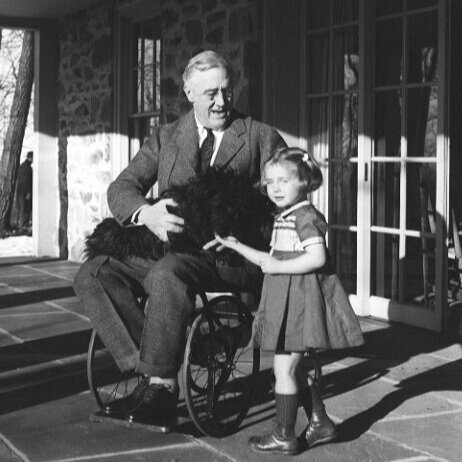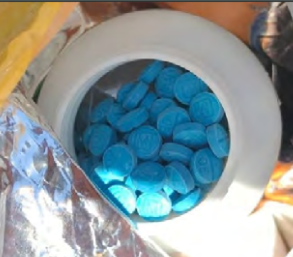The Other Epidemics
/By Mia Maysack, PNN Columnist
Those who believe the coronavirus outbreak is the only epidemic underway are sorely mistaken. There are multiple epidemics happening due to opioid hysteria, primarily innocent patients being neglected in their pursuit of pain management.
This is being confused with the very real addiction problems that are on the rise. Too many don't know the differences between the two, nor do they seem to care.
These failures in our healthcare system and our human rights continue to be violated.
The last time there was a virus circulating in my home, I was thankful to have been able to hit up the nearest convenient store for necessities. My ID was checked for a cough suppressant. Had I been denied it, recovery surely wouldn't have been smooth or perhaps even possible for someone who literally cannot afford to become any sicker.
This is exactly what's happening to millions of people on a much grander scale, who are rightfully prescribed something by a professional -- which respectfully isn't anybody else's business. Their legitimate medical need is far more serious than the common cold.
I'm passionate about this cause, though I’ve been shamed for speaking out because it hasn't been a large part of my personal story as pain meds are intolerable for me.
However, I am not immune to its repercussions, having lost several people to overdoses and knowing many who live in a state of dependence upon a substance of some kind or another. I've witnessed what should've been a short-term treatment turn into something where a person literally feels as though they cannot live without.
But an addict seeking a fix and a patient desperate for pain relief aren't the same.
I've seen the hopelessness firsthand when access doesn't come through. And even with it, minimal comfort is experienced for short periods of time, which is always better than the contrary. Having options for pain management as well as a health team that cares are direct contributing factors in quality of life or lack thereof.
Missing a Lifeline
The present-day coronavirus panic shines light on another example. How is one to cope without water, toilet paper or canned food if or when this spreads further and possibly hinders the ability to simply maintain? What if you couldn't get what you needed and always felt under the weather?
Adding insult to illness, why does it take the threat of a modern-day plague for reflection on things that should already be happening?
Because of the opioid prescription crackdown, there are countless individuals who remain unable to grab hold of a lifeline. It has been taken away from them or has yet to present itself. Both are dire and require immediate attention, acknowledgement, awareness and action.
Corporate profiteers and those who live by “Do No Harm” are working in tandem -- resulting in treatment being withheld, licenses threatened, and the lives of providers and patients alike being shattered.
In response to these very real issues, we've reverted to extremes — despite the whole “it's a problem, get rid of it” approach not proving to have been a sustainable answer. Ever.
Another issue is that the pain community is so passionately up in arms that we often fight against each other.
Recently a colleague of mine literally stated they "felt guilty" because their discomfort had improved! When that happens, the tone becomes “then you're not that bad” and don’t have a right speak out. Or in my case, being physically incapable of tolerating pain meds has earned me the title of an ignorant bigot ableist.
People throw these insults around like grenades that obliterate any potential to connect or relate. I also find the trolling, comparisons, labeling and hate disheartening because it is so misdirected.
The intent should be to be on the same page as human beings who live in pain. It's not about what specific type, what caused it, how long you’ve had it, or whether a certain treatment option has helped you. It’s not a contest. This is far bigger and way more important than any of that. It's an opportunity to reconstruct the cracked foundation of brokenness that has become exposed.
But that won't happen unless we set differences aside, remain focused on what's important, work collectively in problem solving, and devote the same effort used to tear others down to instead cultivate a solution.
Mia Maysack lives with chronic migraine, cluster headaches and fibromyalgia. Mia is the founder of Keepin’ Our Heads Up, a Facebook advocacy and support group, and Peace & Love, a wellness and life coaching practice for the chronically ill.












